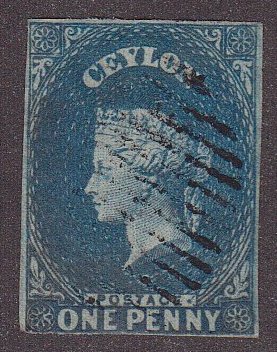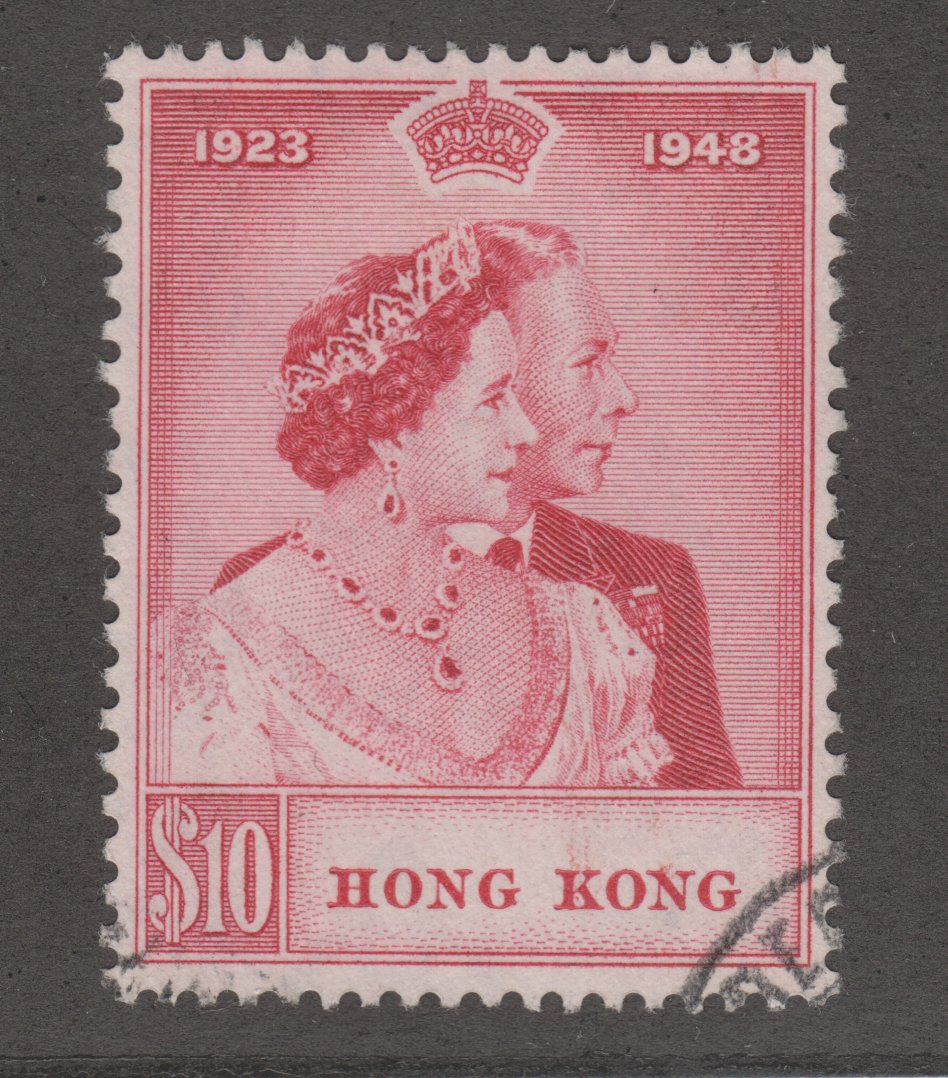
Discussion - Member to Member Sales - Research Center

Discussion - Member to Member Sales - Research Center

Bob



Login to Like
this post
Bob:
My fallible memory tells me the surtax was used "to prosecute the war", an umbrella term which permitted the surtax to be used for whatever purposes the Nazi Government intended. Ostensibly, the surtax was used to purchase amenities for "front-line" military; financial assistance for war invalids and families that had lost their bread winners; as payment to non-national spies for intelligence; and so forth. The surtax was considered a second cousin to the "blood money" extracted from the Jews, implying that it came from the blood of the German military.
Unable to recall in which history book(s) I came across this information.The ugly truth was that the war engulfed the entire German nation; hence, the surtax could be used for any and everything. And, it was.
Please treat the foregoing as unsubstantiated memory recall.
I very much look forward to examining your exhibit first-hand at the Vancouver stamp expo.
John

Login to Like
this post
I checked Gibbons, and it doesn't give any additional information than Scott. Then I checked the Michel Germany Specialized Catalog. Surprisingly, it doesn't offer any other information than what Scott has. However, what John says does make sense.

Login to Like
this post
To put this in context, most Commonwealth nations issued war tax stamps during the Great War. America simply increased its postal rate by a third. Both measures funded the war. Our measures were similar if less graphically interesting.
David

Login to Like
this post
this got me thinking about postal tax stamps, that are in the nether world between war-tax and semi-postals, and probably closer to the semi-postal series with which Bob inaugurated this thread.
Several countries, Bahrain and Cyprus are two, issue stamps that do not move the mail but are required. They usually highlight some conflict, either domestic (like Cyprus) or regional (like Bahrain). The Cyprus stamps highlight the conflict between Turkey and Greece that has manifested itself in the bifurcated border on this island nation. The message is clear, just as the Nazi's was.


David

Login to Like
this post
My catalogue (Danish AFA catalogue) calls both the issues "Heltemindedagen" which means something like "The Hero Honouring Day". I don´t know if that´s any help?

Login to Like
this post
The sets were issued for both Heroes Day and Army Day. Four catalogs thus far state the reason for the issues. However, the catalogs (and now even the Dutch one) for some reason do not state what the additional collected fee was used for.

Login to Like
this post
As far as I know all collected funds for ALL semipostals in this period were just a cash cow for the nazi party. The stated purpose was just a sales ploy.

Login to Like
this post
I just checked my collection of German covers, and the only one I have with semi-postals. It is ultra-philatelic (meaning philatelic but without an address). I did a quick search on eBay and found a few covers franked with semi-postal stamps, but they're all philatelic.
Stamp collecting was popular in Germany during the war. Diarist Victor Klemperer (a cousin of the German conductor) mentions a few times in I will Bear Witness 1942-1945 (A Diary of the Nazi Years) that he had spent time working on his stamp collection. A friend of mine who specializes in censored German mail suggests that Germans who were "good Nazis" collected Third Reich stamps primarily to appear to be in line with party politics. I have uploaded a journal article Third Reich semi-postal stamps to my web site; it seems to answer most of our questions about these issues. Here are the links:
Page 1
Page 2
Bob

1 Member
likes this post.
Login to Like.

The Scott catalogue normally indicates the purpose of the surtax on semi-postal stamps. For example, the surtax on a set of six stamps issued in 1944 (Scott B272-277) was "for the Postal Employees' Fund". But for two earlier military-themed sets (B218-229 & B257-269), no purpose for the surtax is given. If anyone has information about these surtaxes, I would appreciate receiving it. I'm including some of the stamps in my Battle of the Atlantic exhibit for VANPEX 2012.
Bob



Login to Like
this post
The past is a foreign country, they do things different there.
21 Aug 2012
10:38:01pm
re: German semi-postals of 1943-44
Bob:
My fallible memory tells me the surtax was used "to prosecute the war", an umbrella term which permitted the surtax to be used for whatever purposes the Nazi Government intended. Ostensibly, the surtax was used to purchase amenities for "front-line" military; financial assistance for war invalids and families that had lost their bread winners; as payment to non-national spies for intelligence; and so forth. The surtax was considered a second cousin to the "blood money" extracted from the Jews, implying that it came from the blood of the German military.
Unable to recall in which history book(s) I came across this information.The ugly truth was that the war engulfed the entire German nation; hence, the surtax could be used for any and everything. And, it was.
Please treat the foregoing as unsubstantiated memory recall.
I very much look forward to examining your exhibit first-hand at the Vancouver stamp expo.
John

Login to Like
this post

re: German semi-postals of 1943-44
I checked Gibbons, and it doesn't give any additional information than Scott. Then I checked the Michel Germany Specialized Catalog. Surprisingly, it doesn't offer any other information than what Scott has. However, what John says does make sense.

Login to Like
this post
Auctions
re: German semi-postals of 1943-44
To put this in context, most Commonwealth nations issued war tax stamps during the Great War. America simply increased its postal rate by a third. Both measures funded the war. Our measures were similar if less graphically interesting.
David

Login to Like
this post
Auctions
re: German semi-postals of 1943-44
this got me thinking about postal tax stamps, that are in the nether world between war-tax and semi-postals, and probably closer to the semi-postal series with which Bob inaugurated this thread.
Several countries, Bahrain and Cyprus are two, issue stamps that do not move the mail but are required. They usually highlight some conflict, either domestic (like Cyprus) or regional (like Bahrain). The Cyprus stamps highlight the conflict between Turkey and Greece that has manifested itself in the bifurcated border on this island nation. The message is clear, just as the Nazi's was.


David

Login to Like
this post

re: German semi-postals of 1943-44
My catalogue (Danish AFA catalogue) calls both the issues "Heltemindedagen" which means something like "The Hero Honouring Day". I don´t know if that´s any help?

Login to Like
this post

re: German semi-postals of 1943-44
The sets were issued for both Heroes Day and Army Day. Four catalogs thus far state the reason for the issues. However, the catalogs (and now even the Dutch one) for some reason do not state what the additional collected fee was used for.

Login to Like
this post
03:32:13pm
re: German semi-postals of 1943-44
As far as I know all collected funds for ALL semipostals in this period were just a cash cow for the nazi party. The stated purpose was just a sales ploy.

Login to Like
this post

re: German semi-postals of 1943-44
I just checked my collection of German covers, and the only one I have with semi-postals. It is ultra-philatelic (meaning philatelic but without an address). I did a quick search on eBay and found a few covers franked with semi-postal stamps, but they're all philatelic.
Stamp collecting was popular in Germany during the war. Diarist Victor Klemperer (a cousin of the German conductor) mentions a few times in I will Bear Witness 1942-1945 (A Diary of the Nazi Years) that he had spent time working on his stamp collection. A friend of mine who specializes in censored German mail suggests that Germans who were "good Nazis" collected Third Reich stamps primarily to appear to be in line with party politics. I have uploaded a journal article Third Reich semi-postal stamps to my web site; it seems to answer most of our questions about these issues. Here are the links:
Page 1
Page 2
Bob

1 Member
likes this post.
Login to Like.


